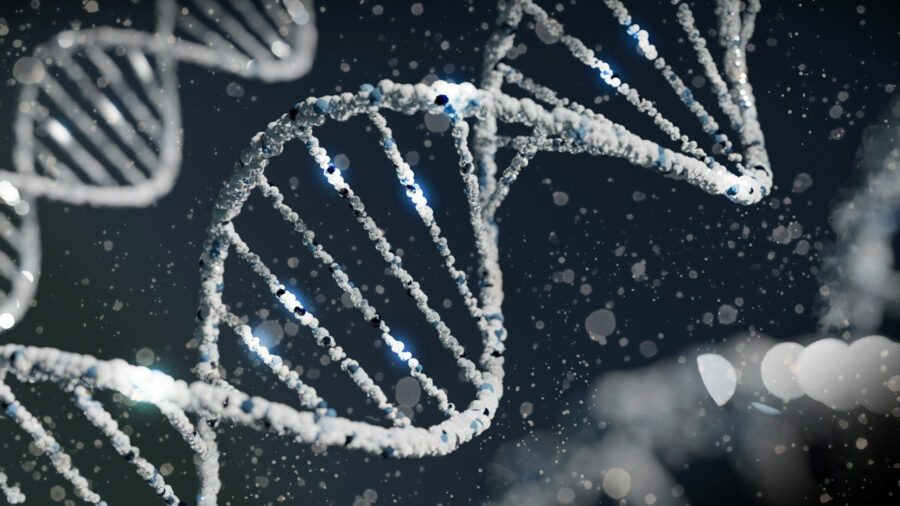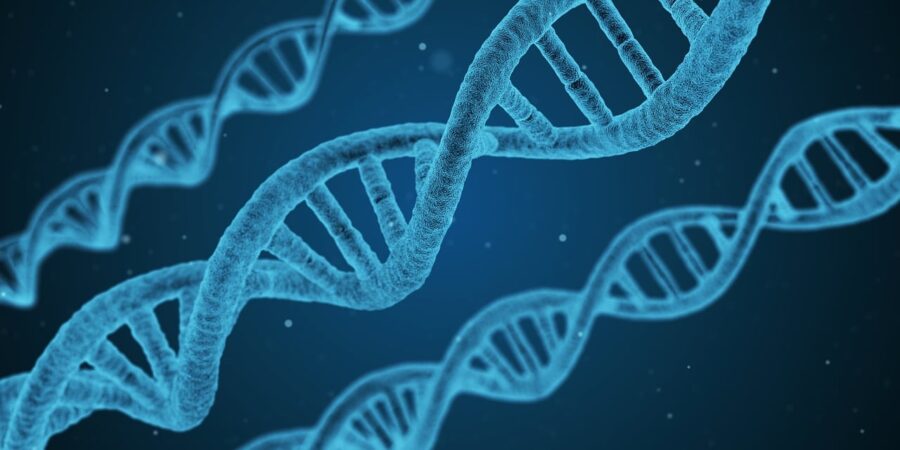DNA Nabs Suspect In 44-Year-Old Murder

44 years after the crime occurred, DNA evidence has led to a suspect being arrested for the rape and murder of Marie Silzel. The Silzel case has been a longstanding cold case in Washington state, but new technology has helped to narrow down the suspect list. With genetic tracing technology and DNA matching, police hope prosecutors can finally close the case: Kenneth Kundert was charged with the crime earlier this month.
A New Way To Use DNA

Marie Silzel’s murder occurred in the Seattle suburb of Kent, Washington, on February 23, 1980. DNA samples were taken from the crime scene, but with no samples to compare it to and no more conventional evidence, there were no suspects. It became a cold case, with no real movement for decades.
In 2022, a new method of using DNA evidence thawed the case as investigators used forensic genetic genealogy to create a list of possible murder suspects. That methodology created a list of 11 possible genetic matches. Investigators then looked into those eleven suspects, narrowing it down further based on other factors.
A Key Suspect

These investigations led police to Kenneth Kundert, who was on the list of possible genetic matches for the murder. He also had family living near Marie Silzel’s apartment in 1980, and a string of misdemeanor charges placed him in the area through the 80s and 90s. With this information, he became the key suspect, and the police began pursuing DNA samples.
Played Out Like An Episode Of CSI

With a separate assault investigation underway in Arkansas, police requested a DNA sample from Kundert during an interview, but he declined. Taking cigarette butts and his water bottle from the interview, police began staking him out, looking for an opportunity to acquire a genetic sample. After seeing him leave a cigarette butt on the ground outside of a shop, police collected it.
The DNA sample from Kundert’s cigarette matched the evidence from the scene of the murder, and he was arrested on August 20, 2024. He’s been charged with first-degree murder and given a $3 million bail. He is expected to be extradited from Arkansas, where he’s currently being held, to Washington to face charges.
Upcoming Trial

The DNA evidence against Kundert is substantial, but the upcoming murder trial will determine his guilt or innocence. With such an old case, relying on genetic evidence collected in 1980, complications around evidence gathering and storage could have compromised the evidence or created enough doubt for a jury to dismiss the case. The use of the relatively new forensic genetic genealogy technology could also become a hurdle in the courtroom as new forensic methods can create doubt or misunderstandings.
DNA Analysis Has Changed Forensic Science

More sophisticated DNA evidence has had a major impact on forensic science, overturning many false convictions and helping to solve cold cases similar to Marie Silzel’s murder. Now, with the ability to use genetic genealogy to create lists of possible suspects, it’s clear that forensic scientists are still finding new ways to use the technology. The trial of Kenneth Kundert will demonstrate how strong a case seemingly based entirely on genetic science is in the court of law.
Source: CBS










